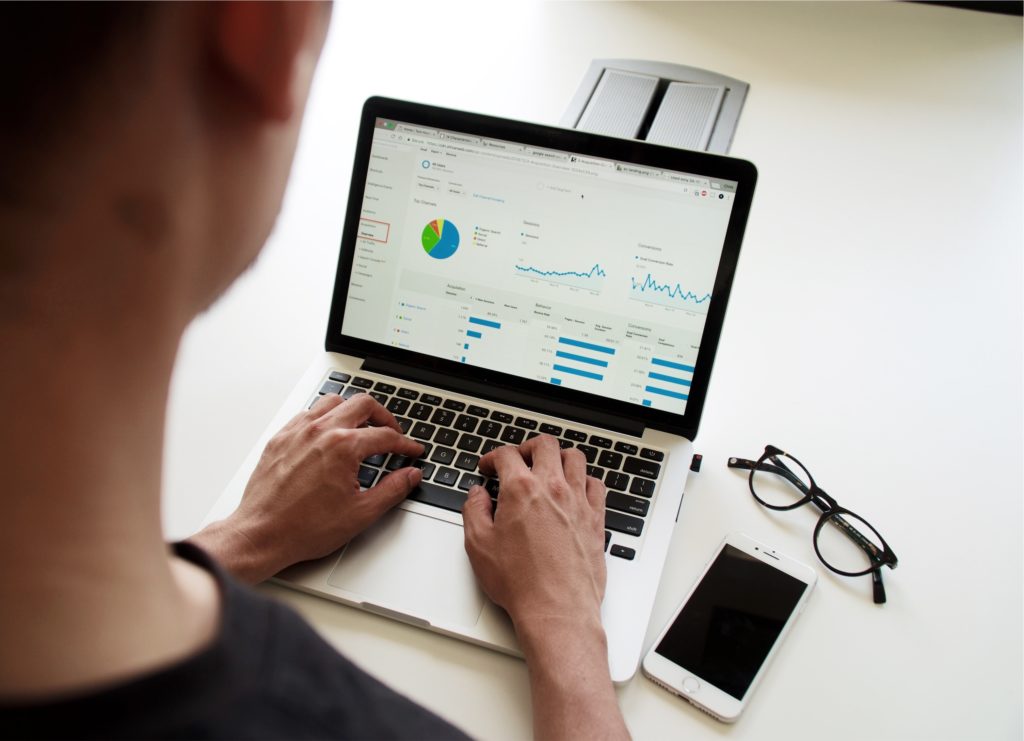Each organization collects all types and amounts of data in order to be able to analyze them and make an informed decision based on the results of such analyses. However, knowing how much and what kind of information it needs is a task so challenging, that many are afraid to look into it as they should.
We are now facing a completely different problem from the one we had just a few decades ago. Then, organizations simply couldn’t obtain enough relevant information and they used whatever they could get hold of. Now, on the other hand, there is so much available data out there, that we can easily become overwhelmed and fail to find the perfect type or amount of them to process. If you’re interested in the subject and would like to know more about what should be done, take a look at the following explanation.
Legality comes first
Any information you’ve collected or obtained should be provided in a way and for a purpose that is consistent with the Code and which complies with freedom of information and privacy protection legislation. Under no circumstances should you break any provision of any relevant law in the process of data collection.

Identifying opportunities for collecting data
Your organization might already have specific directions on what issues should be explored and how data should be collected, which you need to follow. Otherwise, you’ll have to establish when and how you’re going to collect relevant data to achieve your goal.
Select opportunities and set goals
Once you know what your opportunities are, it’s time to focus on choosing priority issues and opportunities for collecting data and setting goals and objectives. You have to know exactly what kind of data you need and what you want to do with the information. Let’s say you want to find out how Australian media are reporting on your company or what people say on social media. You’d need to find experts in social media monitoring, who know how to collect and interpret the data you need and suggest a future course of action. So, you’ve identified your opportunity and set your goal (to design a better marketing campaign, for example) and you’re working towards your goal.
Careful planning
If you know when you’re going to collect data and what kind of information you need, you should decide on how the data will be collected, what they’ll be used for and how long the whole process should last. The methods and approaches depend on many factors, such as the company’s size, resource, and complexity of the issues and opportunities selected.
Data collection
When you move on to the next step, you have to choose the best way to collect data, taking into consideration the number of people who will be asked to collect data, availability of experts who can process and interpret data in the correct way, as well as the key stakeholders’ concerns and questions about the project. That’s why it’s vital to establish functional channels of communication with everyone involved. Don’t forget to adhere to the provisions related to protecting the privacy and personal information by using carefully controlled procedures for controlling, storing and accessing data.
Data analysis and interpretation
The complexity of this stage depends on the method you used to gather data (quantitative and/or qualitative), so you should really avoid going “too deep” when it comes to the nature and amount of data you collect. Otherwise, you might get easily distracted and overwhelmed with data that are not (so) relevant to your goals.

Acting on results
The final stage is to act on the results of data collection and analysis. The action can vary from deciding to collect more data to implementing a completely new strategy, but it’s important that some action is taken. The idea is that the process of data collection should yield findings that should help an organization make informed decisions. So, you should be able to learn something you didn’t know before the process took place and, based on the newly acquired knowledge, minimize the possibility of making wrong calls.
The process of data collection is quite complex and it’s just one segment of the whole project. Still, it’s the foundation that everything else is built on, which makes it even more important to avoid making any mistakes. That’s why you shouldn’t fall into the trap of going too deep or too wide with data collection, but target the sample that is really relevant to you and obtains only the necessary data.















